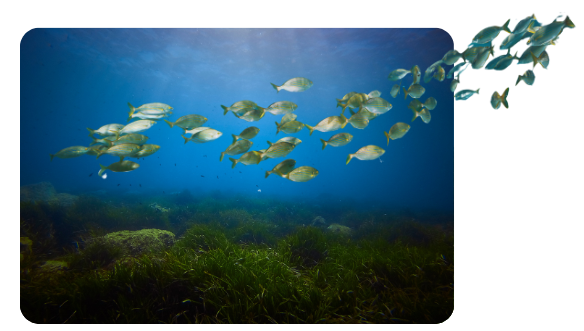Story
Scientists stress the need to drastically reduce CO emissions by 2030 to avoid crossing irreversible thresholds for frozen Earth
09 January 2023
Statement from the Nature Climate Change comment piece.

A recent comment piece in Nature Climate Change, involving eleven scientists from 7 countries, expresses the desperate need for a significant reduction in CO2 emissions if we are to protect the cryosphere, a term used to encapsulate the frozen areas of this planet.
Cryosphere habitats, such as Arctic sea ice, glaciers across the world, ice sheets in Greenland and Antarctica, and permafrost have experienced losses through melting over the last several decades as a result of climate change but sadly, that is just the tip of the iceberg.
The cryosphere is particularly vulnerable to climate change mainly due to the risk of crossing abrupt and/or irreversible thresholds, often called tipping points. “Abrupt’ in this case means a much faster change than usual for that system, while irreversibility depends on the timescale at which a system can recover to its previous state.
Limiting emission, and therefore warming, in line with the Paris Agreement might still suffice to avoid passing multiple thresholds, including those of melting the Greenland and Antarctic ice sheets, and boreal permafrost thaw. However the precise nature of the Earth system thresholds is subject to considerable uncertainties.
Following the Intergovernmental Panel on Climate Change (IPCC) 6th report, risks rapidly escalate above 1.5°C and even more so if 2°C is exceeded. Exceeding 3°C would almost certainly trigger ice sheet instability, as well as cause widespread ocean acidification resulting in episodes that would corrode carbonate minerals, which are used to form shells and skeletons by some key marine animals.
Polar ocean acidification is approaching a chemical threshold within the coming decades. At 1.5-2°C warming, Arctic waters will be corrosive to important minerals for several months of the year, with the Southern Ocean following at 2-3°C warming. It will take tens of thousands of years to reverse due to the very slow ocean processes involved. The good news is that limiting warming to 1.5°C can avoid the worst of these impacts.
PML scientist Dr Helen Findlay, Biological Oceanographer, Chair of North East Atlantic Ocean Acidification (NEA-OA) Hub and Science Expert Member of the International Cryosphere Climate Initiative (ICCI) High Urgency Group, contributed expertise on polar ocean acidification to this comment piece and commented:
“Ocean acidification is intimately linked to carbon emissions. If we don’t see drastic reductions, the polar oceans are highly susceptible to rapid acidification making it difficult for polar organisms to thrive. Combined with enhanced warming and loss of sea ice, there will be significant changes to the Arctic ecosystem, and the services it provides humans, over the coming decades.”
“At last years’ UNFCCC COP27, we shone a spotlight on ocean acidification and held wide ranging discussions on potential actions and solutions, such as capacity building, investments and adaptation-planning activities. It was also the first time the cryosphere has been recognised within these discussions so a great opportunity to highlight tipping points and the need for continued investment in observations, at the same time as an enhanced need for urgency and action.”
Related information
To read the Nature Climate Change Comment “Only halving 2030 emissions can minimise risks of crossing irreversible thresholds for the cryosphere” please click here.
